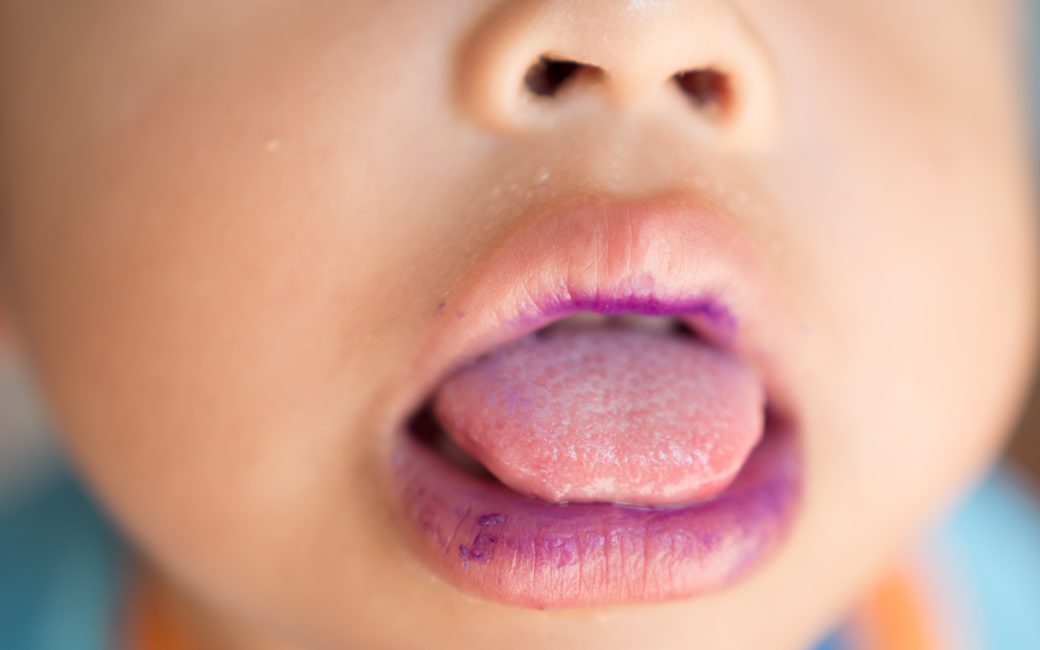
There’s a strange disease that’s afflicted your child. Blisters suddenly start appearing on their hands, feet, and buttocks. Your little one begins to complain about the sores in their mouth. They may even begin developing a fever or sore throat. Some kids might also lose their appetite. If your child exhibits these symptoms, they might have hand-foot-and-mouth disease. But what is it, exactly?
Hand-foot-and-mouth disease typically occurs in children ten years old and younger, though they’re not the only ones susceptible to it. One may say it’s an eponymous disease, indicating which areas of the body are affected. But to understand what is hand-foot-and-mouth disease, we must first know what causes it exactly and why it occurs.
Hand-Foot-and-Mouth Disease is a Viral Disease
A virus causes hand-foot-and-mouth disease. It’s for this reason why it seems to occur so suddenly. For this ailment, two viruses are the usual suspects:
- Coxsackievirus a16
- Enterovirus 71
As with all viral infections, hand-foot-and-mouth disease occurs when your child comes into direct or indirect contact with someone with the virus. For the most part, it spreads through bodily fluids, such as saliva, stool, mucus, or air droplets. Outbreaks are also more likely to occur in hotter weather as the higher temperatures may help spread the virus.
Because the early symptoms of the disease are like other ailments, it can be hard to tell who transmitted the disease. And even if the symptoms are no longer there, the virus can remain in the body for some weeks and potentially infect others.
Infants and young children are typically at risk for this disease. At this age, maternal antibodies that combat it are at their lowest levels, according to a study by Mao et al. Children in childcare are also more at risk due to the shared spaces and close proximity to other children.
Prevention is the Best Cure
While hand-foot-and-mouth disease isn’t usually a life-threatening illness, it can wreak havoc on your day-to-day activities. The mouth lesions, in particular, can make it challenging to keep to your oral hygiene routine. It can even discourage you from it altogether. We know, however, that putting off your oral care can have long-term, adverse effects. What, then, should you do if you’re a carrier of this highly-infectious virus?
For one, you might want to continue your oral care routine. You might want to be a little gentler when you do, so it doesn’t upset the lesions too much. The long-term solution, however, is to remedy your condition. Unfortunately, the only way to get well is to let the disease be. The only thing you can do when you have hand-foot-and-mouth disease is to ease up the symptoms. Here are some things you can do:
- Keep yourself hydrated.
- Avoid hot or spicy food as they can trigger the lesions.
- Choose to enjoy cold treats to ease any throat soreness.
- Use some anti-itch lotion for rashes.
Ultimately, however, prevention is the best cure. If you or your child are in an area where hand-foot-and-mouth disease is prevalent, you might need to do some precautionary measures. These can include:
- Washing your hands after encountering any shared item and after handling waste or food items
- Disinfecting shared places and objects
- Always practicing good hygiene
- Quarantining those with the disease or limiting your exposure to them

